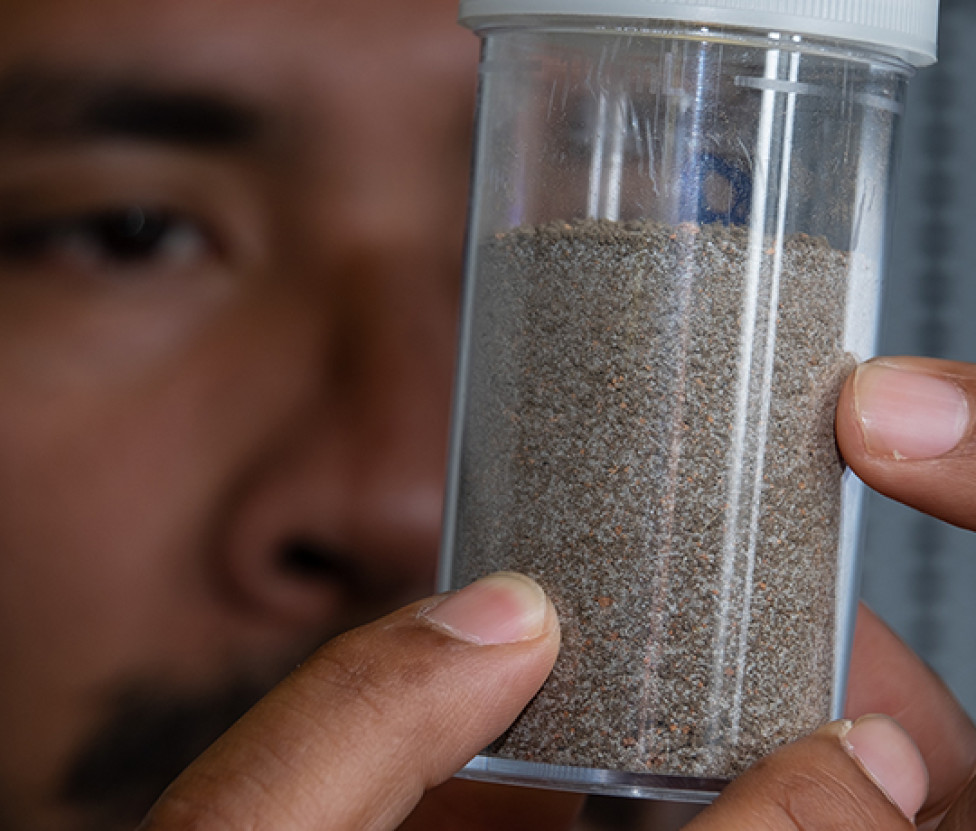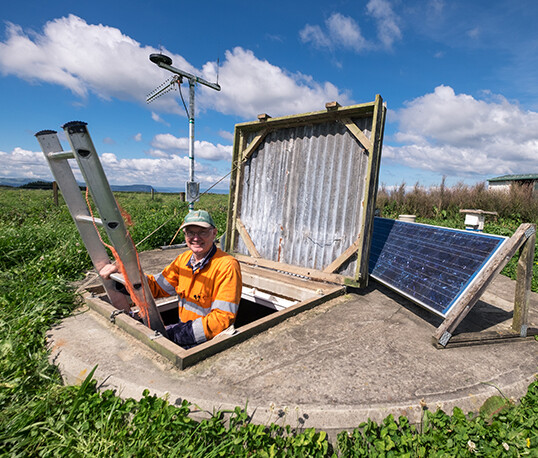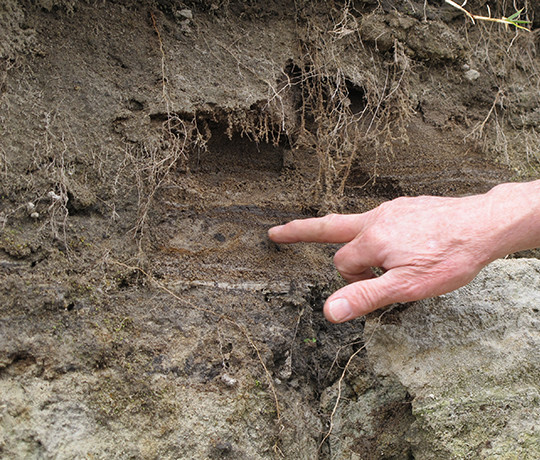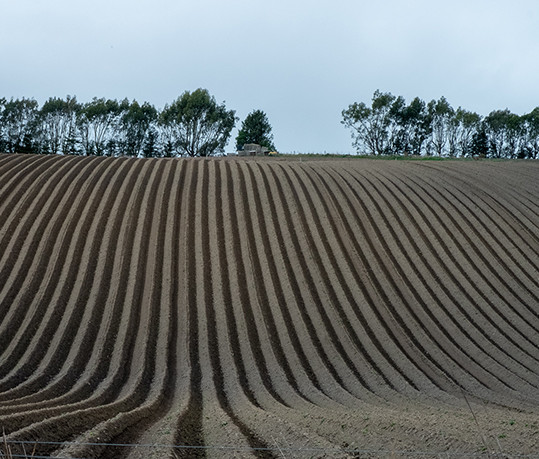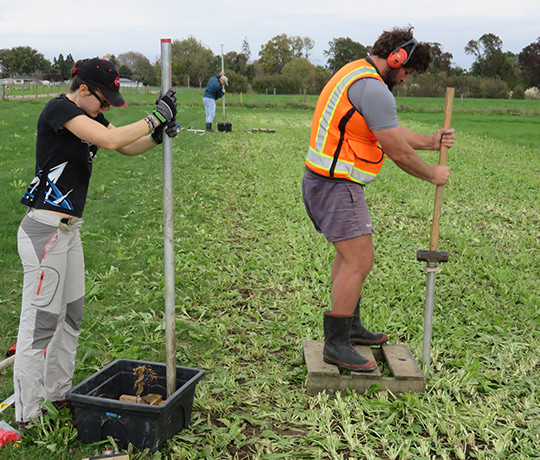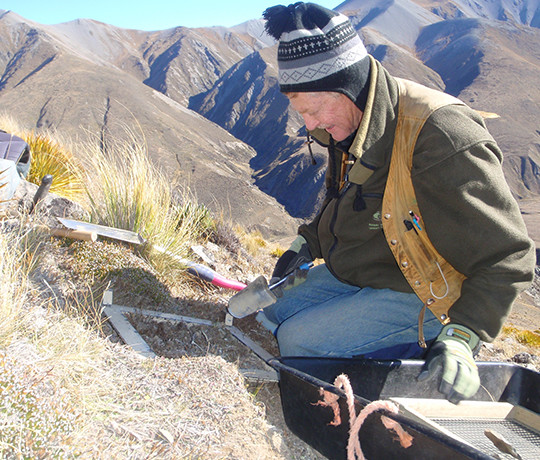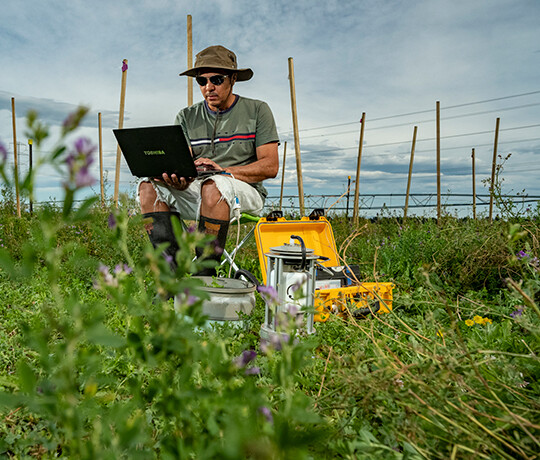Understanding soils
Understanding soils
Soils are not just dirt! We often think so, because soils are hidden below-ground, out of sight. But did you know that soils are home to over one quarter of all living species? Or that globally soil are the largest terrestrial carbon pool? Soils also clean our drinking water, are a source of raw materials, and they are 3-D archives of our natural and also cultural history.
Soil is (nearly) everywhere. But what does 'soil' actually consist of? Read about the various components and how they interact to create this amazing living substance.
Defining soil can cause quite a headache. This is partly because ‘soil’ means different things to different people. For an engineer soil might be the foundation for construction, for a hydrologist it is a source of purified water, and for many people soil is simply ‘dirt’.
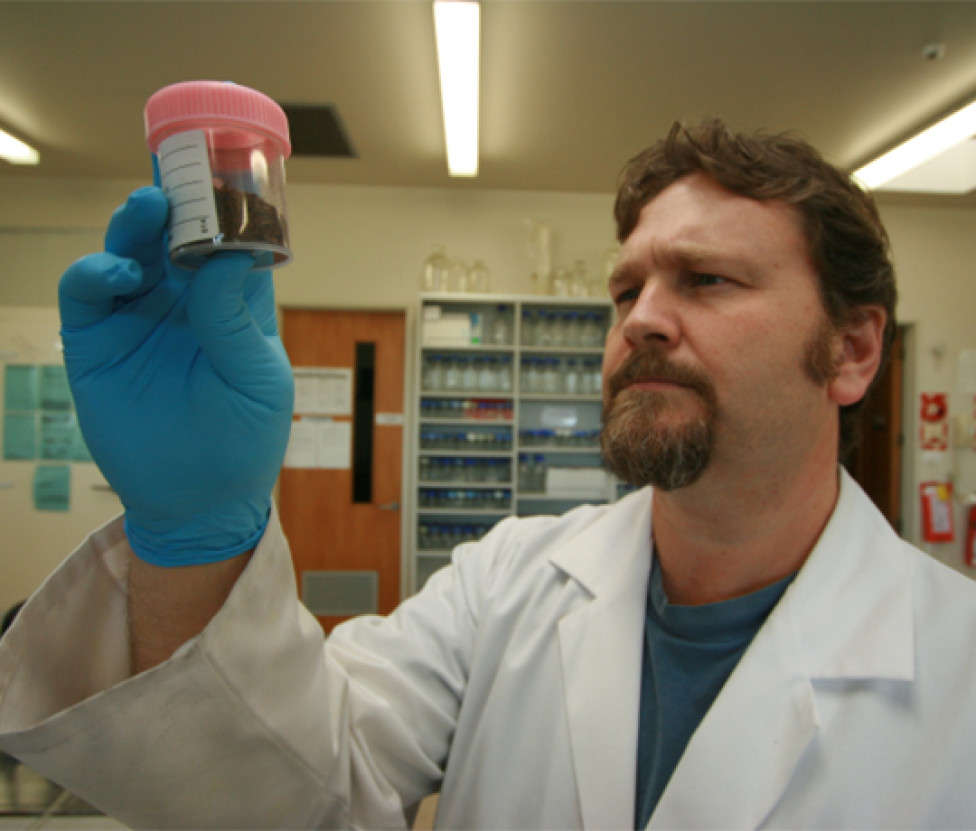
A life without soil is impossible for us. But what 'roles' do soils actually play, and what do we gain from it all?
Human well-being depends on the link between soil and the environment.
Soil functions
Soil offers a wide range of functions, such as:
- Biomass production – source of our food, forage, and fibre
- Storing, filtering and transforming nutrients and water
- Hosting life, and thereby contributing to biodiversity
- A platform for human activities
- A source or raw materials
- An archive of natural history and human heritage.
Soil ecosystem services
Human life as a whole is made possible by the ecosystem services that soil delivers, including:
- Provisioning services, which supply us with food, fibre, wood and raw materials, all of which need soil to grow on and to exist
- Regulating services, which relate to soil’s potential to regulate a range of environmental processes: flood mitigation, filtering of nutrients, detoxification and carbon storage
- Cultural services, which include non-material benefits, e.g. spiritual enrichment and soil as an archive of human history
- Supporting services, connecting all of the above-mentioned ecosystem services.
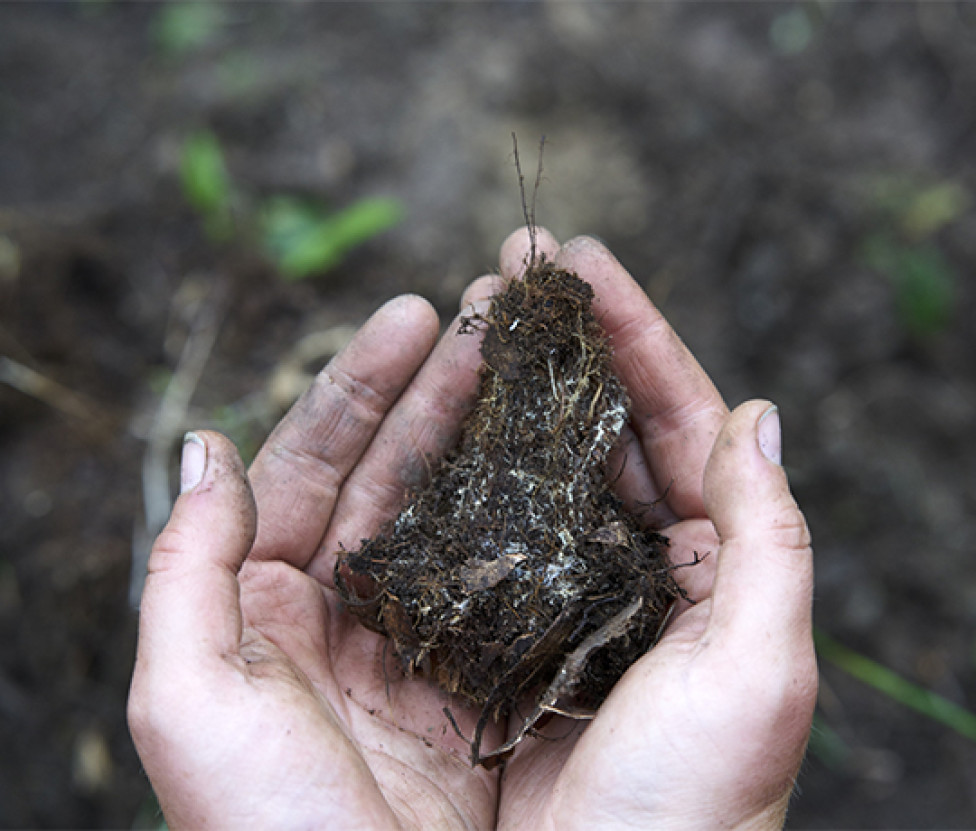
You don’t have to be a soil scientist to get to know some of the essential characteristics of your own backyard soil. Anyone can get their hands dirty. With a few simple tests you can find out some interesting facts about your own soil. All you need is a spade or garden trowel, a jar with a lid, some water, and either a soil colour smartphone app or soil colour sheets.
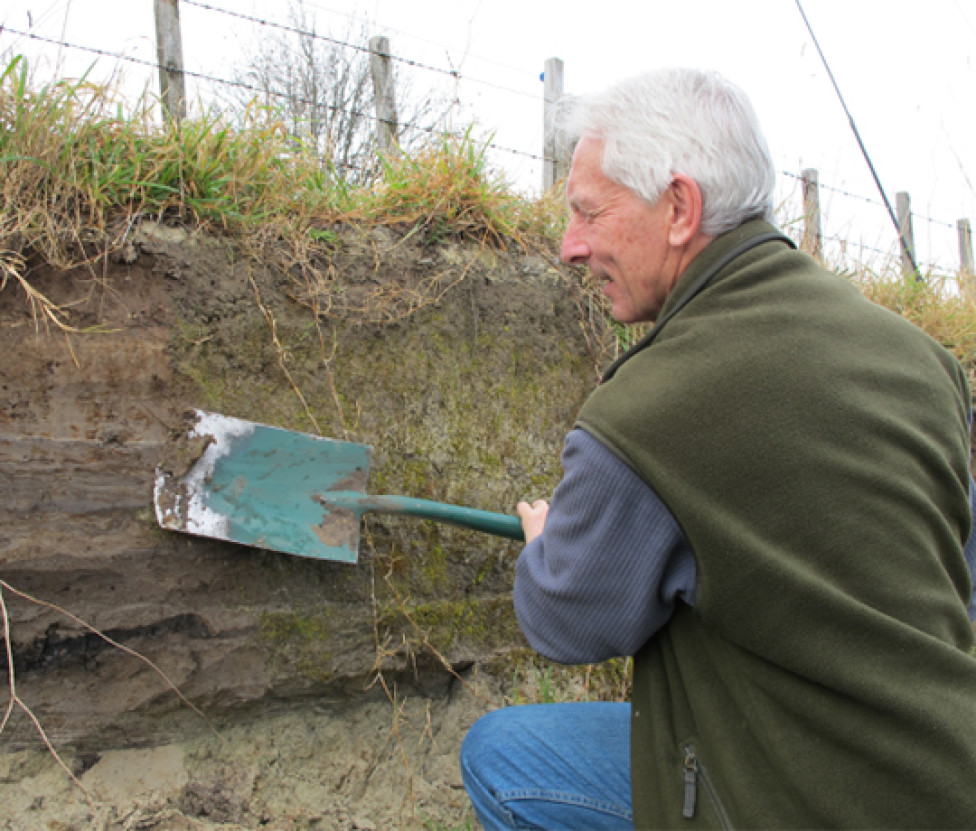
Understanding soil formation helps explain the diversity of soils and our own role in it.
Soils are storytellers. Each centimetre of depth, each difference in colour or undulation in texture is like a chapter on the conditions under which the soil formed and the processes that let a soil mature. The story of soil takes a long time to write. As a rule of thumb, 1 to 10 centimetres of fertile topsoil take up to a thousand years to form. Soil formation is a slow process, and it is a very complex phenomenon.

A quick summary of the nature and properties of the soils appearing in the New Zealand landscape of today.
One of the key characteristics of soils in the landscape is their diversity. The nature and properties of New Zealand soils change in space and over time. Sometimes it can be surprising to see the differences in soils that are only a few metres apart! In our section on 'How do soils form?' you can read about the various soil forming factors that are behind these differences. What can we do to get on top of this amazing variety of soil types?
First of all it is important to realise that – unlike plants and animals – soils form a continuum, meaning that soil changes in the landscape are gradual. And whereas you can easily identify a southern brown kiwi or a red beech tree, soils are not nearly as clearly distinguishable. Instead we use observable and measurable soil properties to distinguish the various soils and group them into different classes.
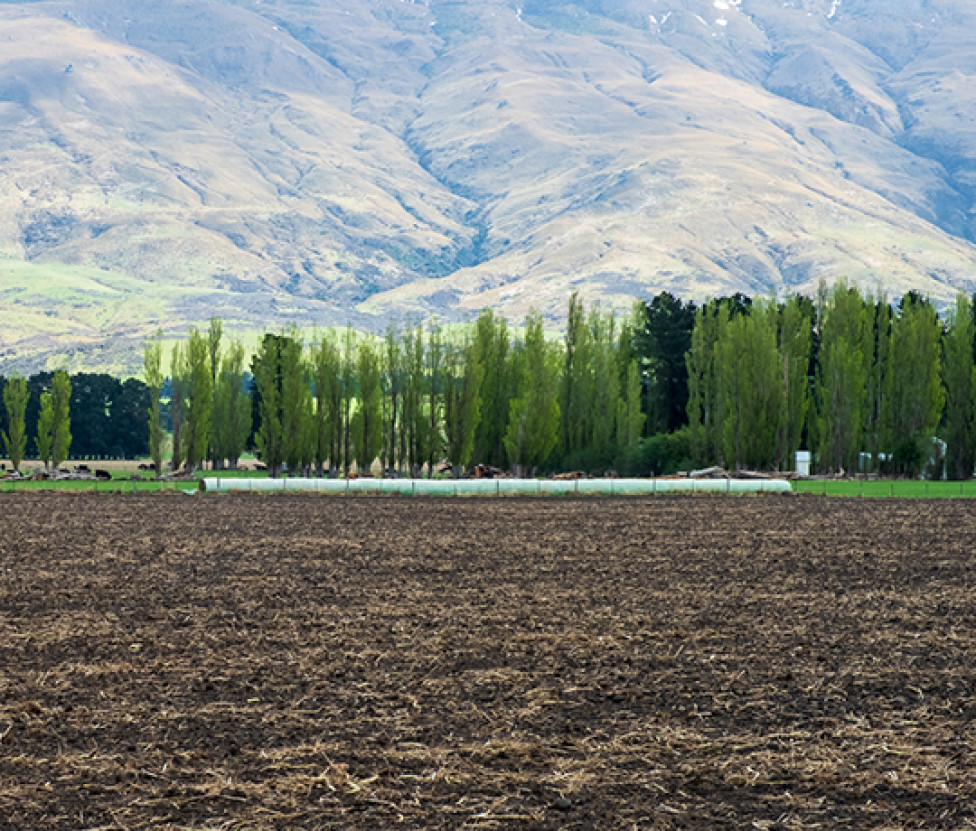
Soils have many properties that we can measure to examine its state or 'health'. You can compare the soil to your body, and the soil scientist to a doctor who is trying to get information about your health when they measure your blood pressure or other characteristics of your body.
Three categories are commonly used to describe soil characteristics: chemical, physical and biological properties.
